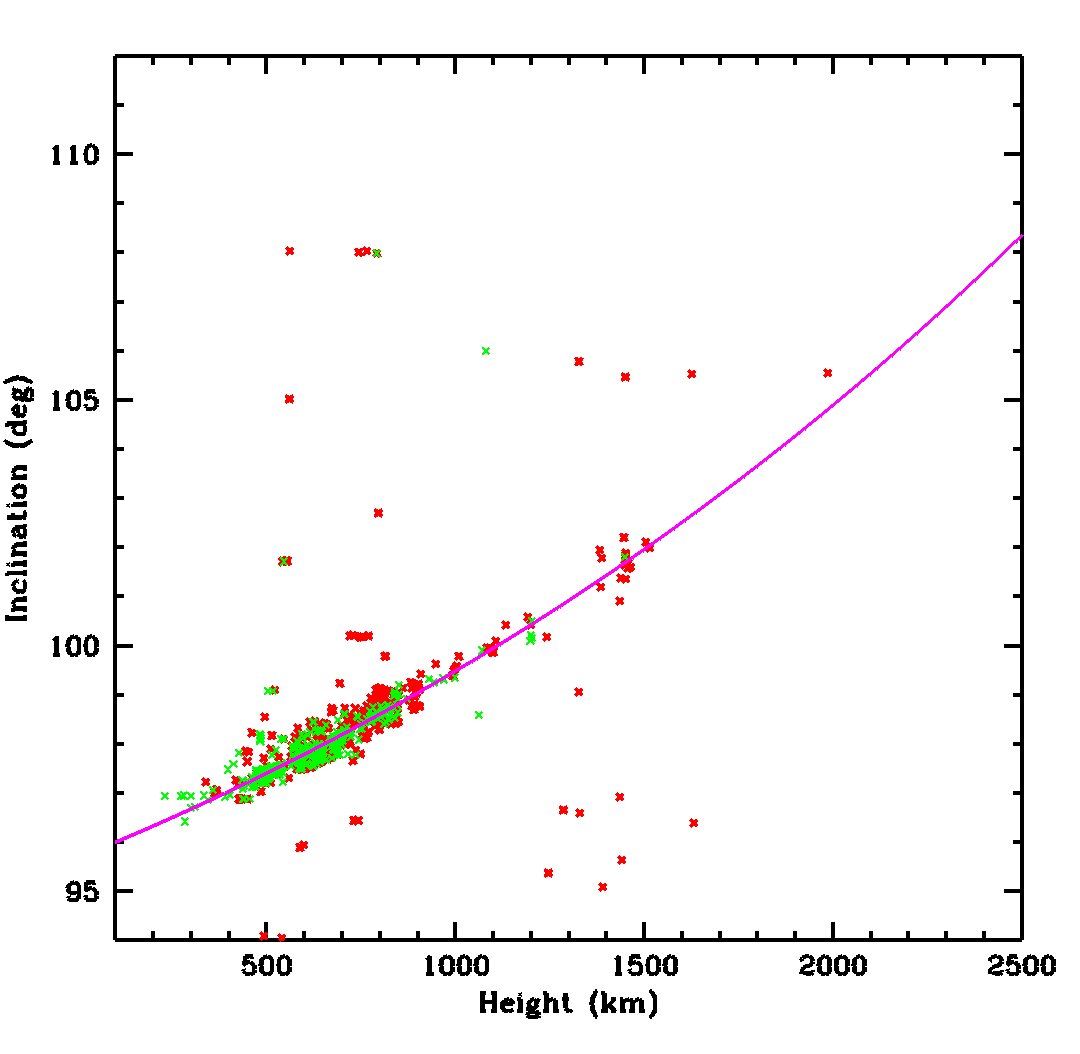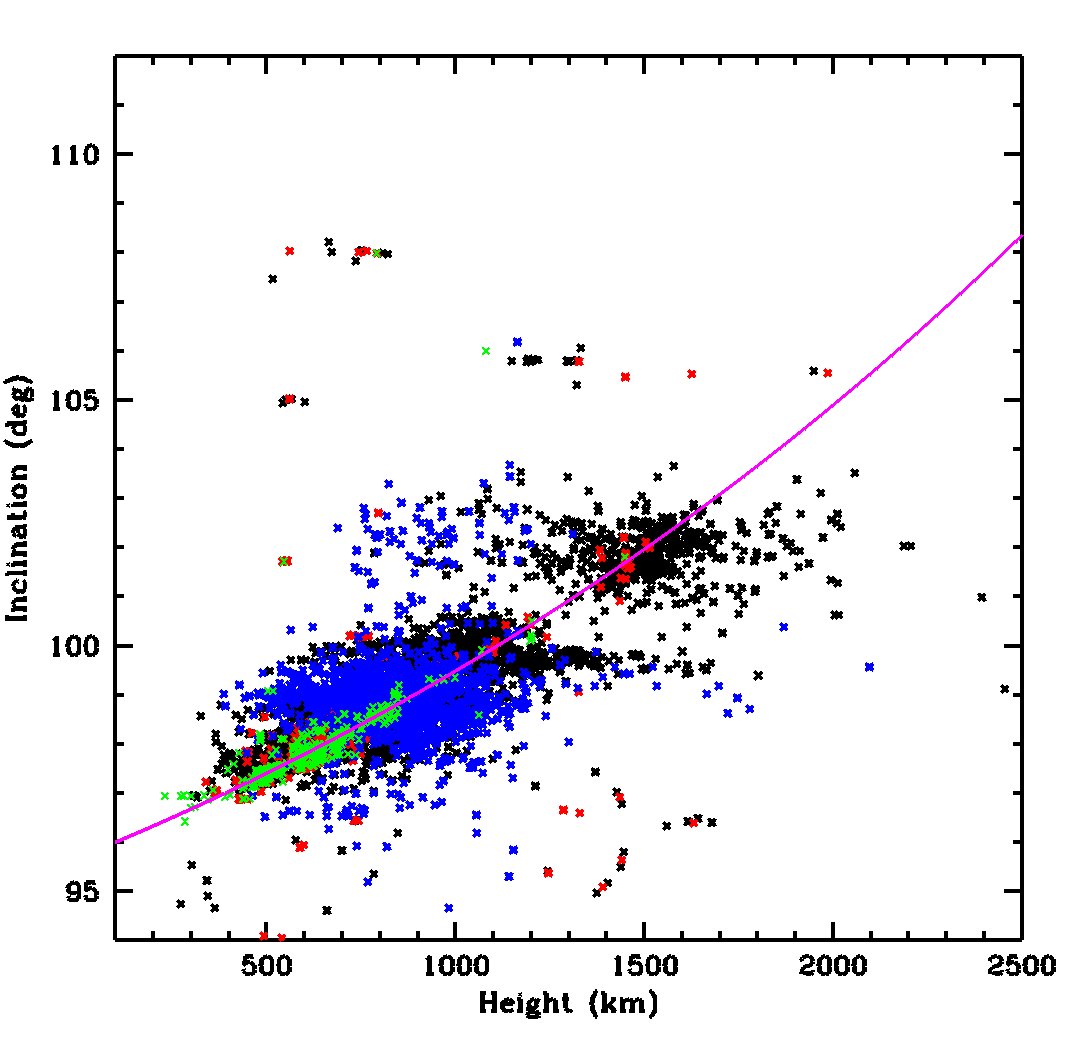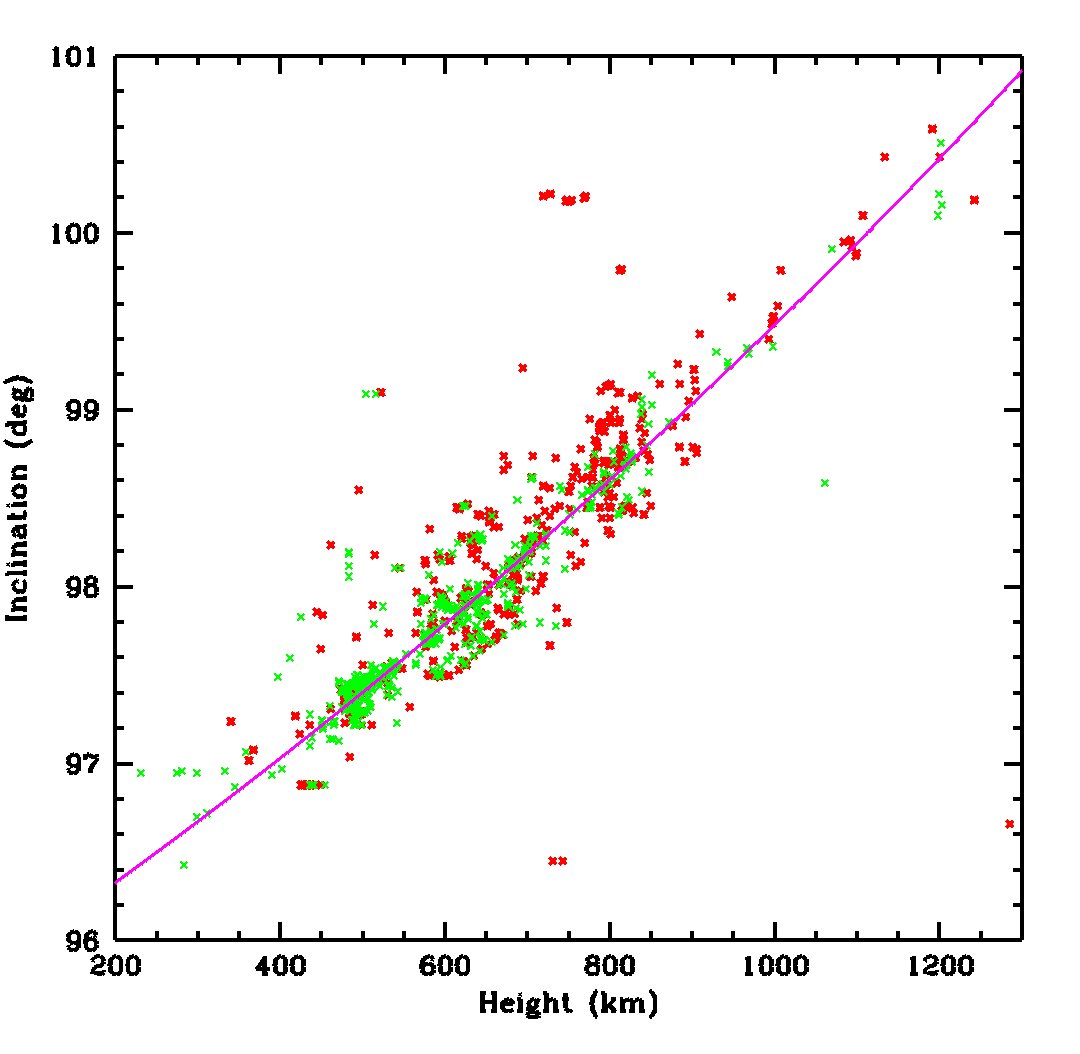
The Chang'e-5 lunar sample return mission is pretty complicated. The spacecraft has a lot of sub-pieces and the mission has a lot of phases. I am going to take a deep breath and summarize what I believe the scenario to be.
First, the Lego pieces (abbreviations are mine):
First, the Lego pieces (abbreviations are mine):
SM: Service module
DS: Descent stage (lander)
AS: Ascent stage
AD: Adapter
DA: Docking adapter
RV: Reentry vehicle
DS: Descent stage (lander)
AS: Ascent stage
AD: Adapter
DA: Docking adapter
RV: Reentry vehicle
At launch, the stack has the AS on top of the DS on top of the AD on top of the SM, wit the DA on top of the RV sitting on the SM inside the AD.
The phases:
1) Possibly, phasing Earth orbits prior to translunar injection (awaiting clarification).
2) Translunar injection and coast
3) Lunar orbit insertion, maybe to elliptical orbit.
4) Lunar orbit manuevers to low circular lunar orbit.
(continued)..
1) Possibly, phasing Earth orbits prior to translunar injection (awaiting clarification).
2) Translunar injection and coast
3) Lunar orbit insertion, maybe to elliptical orbit.
4) Lunar orbit manuevers to low circular lunar orbit.
(continued)..
5) DS+AS separate from SM+AD, in lunar orbit.
6) AD is ejected from SM, revealing DA+RV attached to SM. AD remains in lunar orbit.
7) DS+AS land on Moon and obtain sample, placed in AS
8) AS takes off, leaving DS on moon.
(continued)
6) AD is ejected from SM, revealing DA+RV attached to SM. AD remains in lunar orbit.
7) DS+AS land on Moon and obtain sample, placed in AS
8) AS takes off, leaving DS on moon.
(continued)
9) AS enters lunar orbit and makes rendezvous burns
10) AS docks with the DA on the SM
11) DA mechanism transfers sample from AS to RV
12) AS+DA ejected from the SM+RV. AS+DA remain in lunar orbit.
(continued)
10) AS docks with the DA on the SM
11) DA mechanism transfers sample from AS to RV
12) AS+DA ejected from the SM+RV. AS+DA remain in lunar orbit.
(continued)
13) SM+RV move to elliptical lunar orbit.
14) SM makes trans-earth insertion burn
15) SM+RV trans-earth coast.
16) RV separates from SM
(continued)
14) SM makes trans-earth insertion burn
15) SM+RV trans-earth coast.
16) RV separates from SM
(continued)
17) SM *either* burns up on Earth atmo entry *or* performs avoidance burn to begin new extended mission.
18) RV hypervelocity atmo entry, jettison aeroshell, deploy parachute, lands in China (Inner Mongolia province).
(continued)
18) RV hypervelocity atmo entry, jettison aeroshell, deploy parachute, lands in China (Inner Mongolia province).
(continued)
19) The AS+DA, and separately the AD, remain in low lunar orbit until mascons perturb them to impact the lunar surface (probably of order 1 year?)
Next challenge: what is the breakdown of the wet and dry masses of each of these components, totalling 8200 kg at launch? I solicit estimates.
• • •
Missing some Tweet in this thread? You can try to
force a refresh









